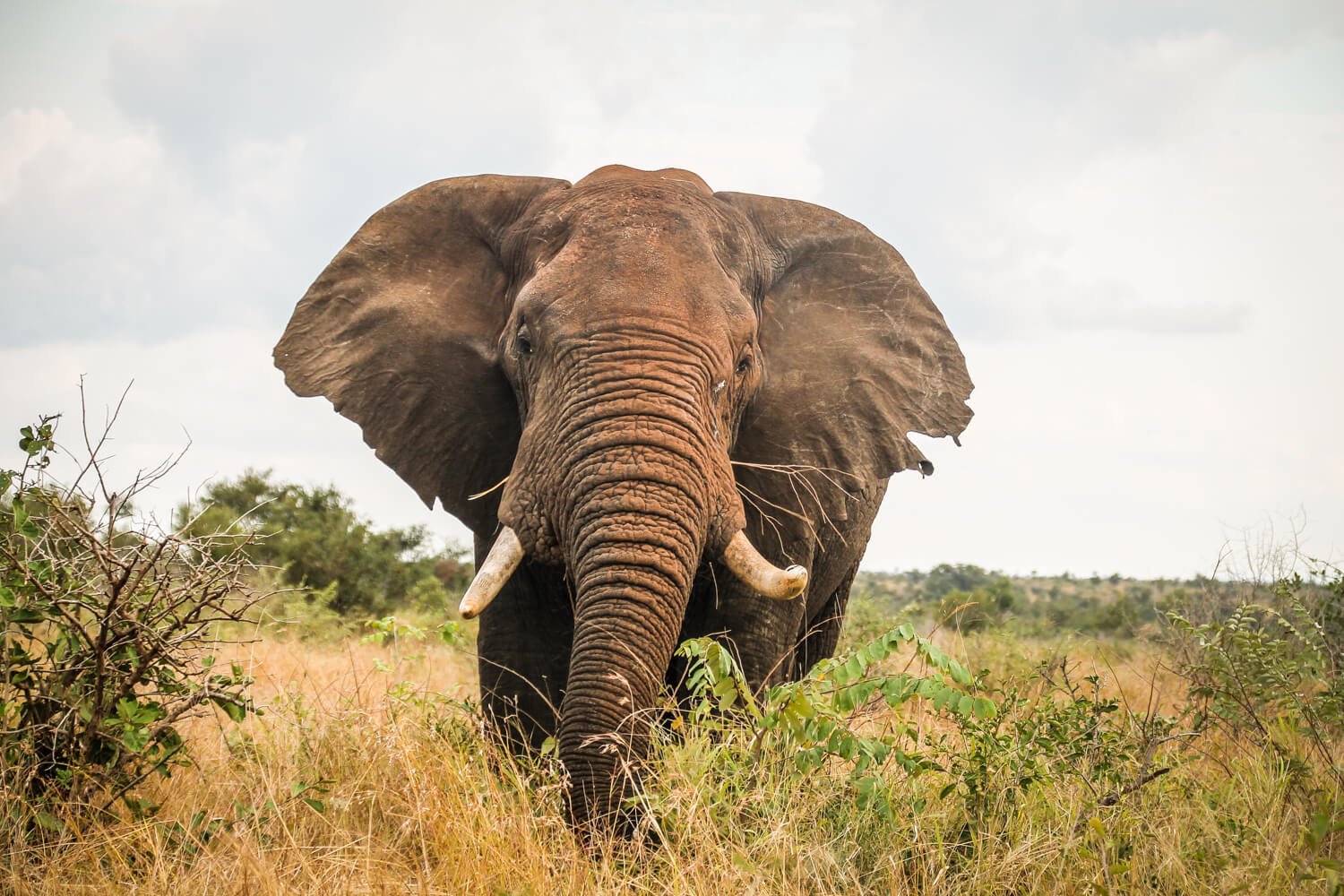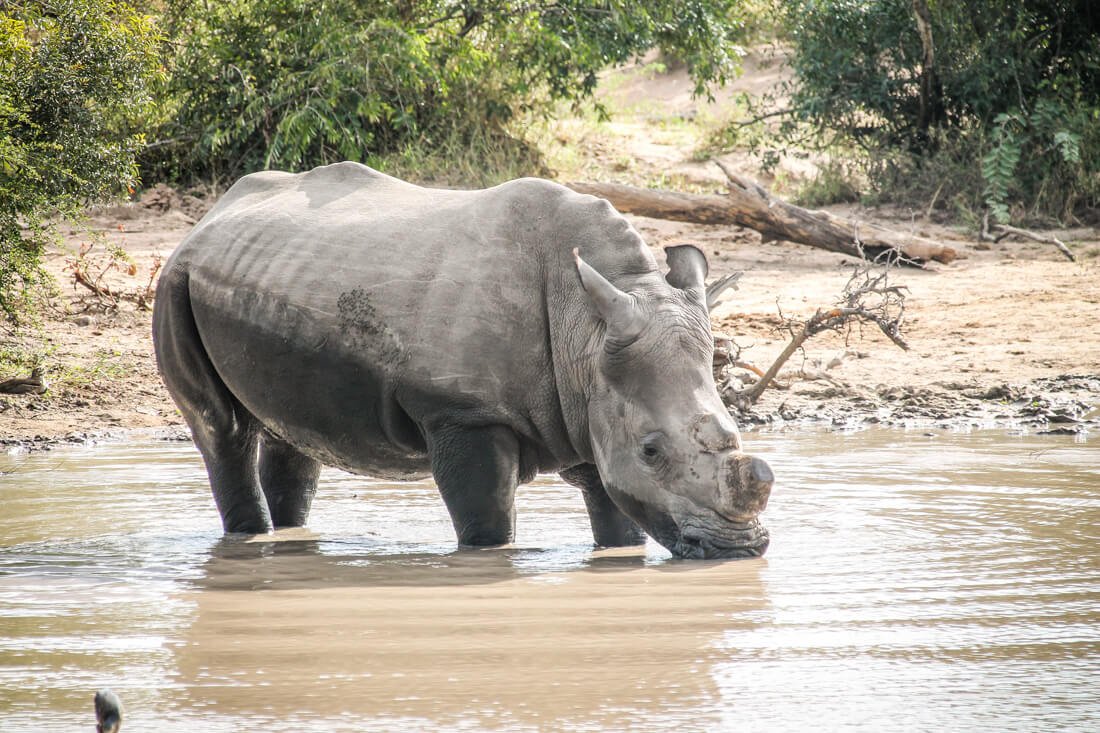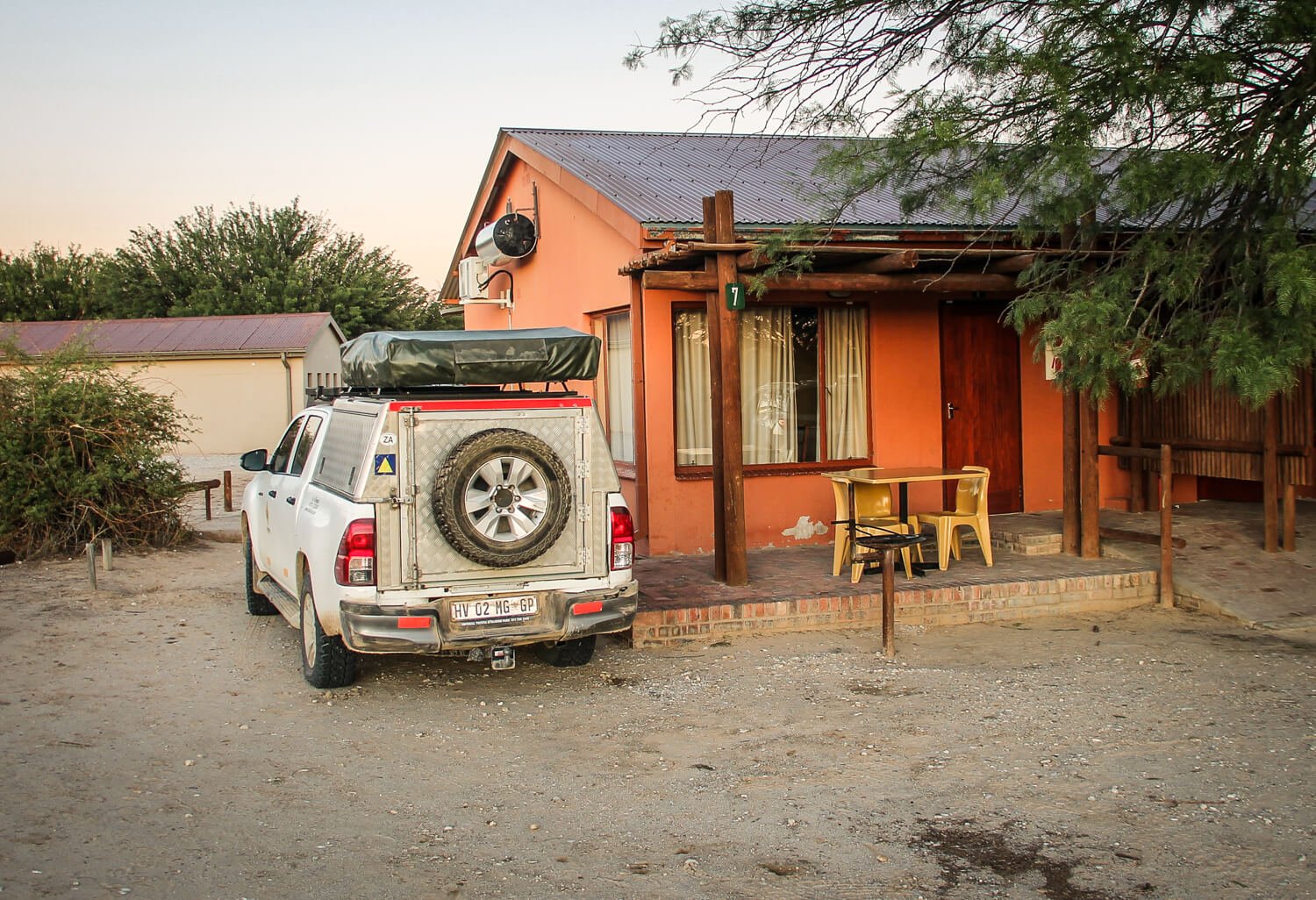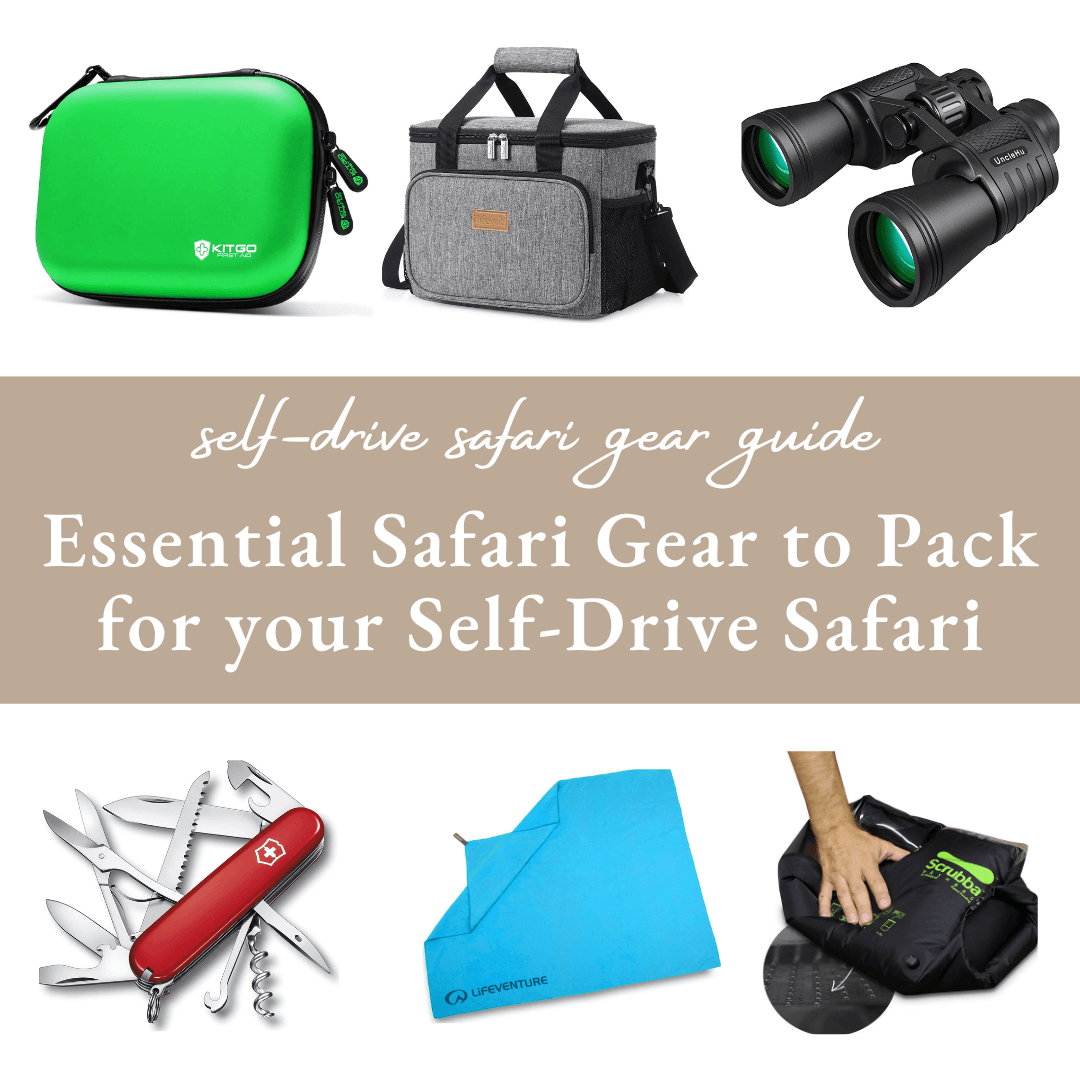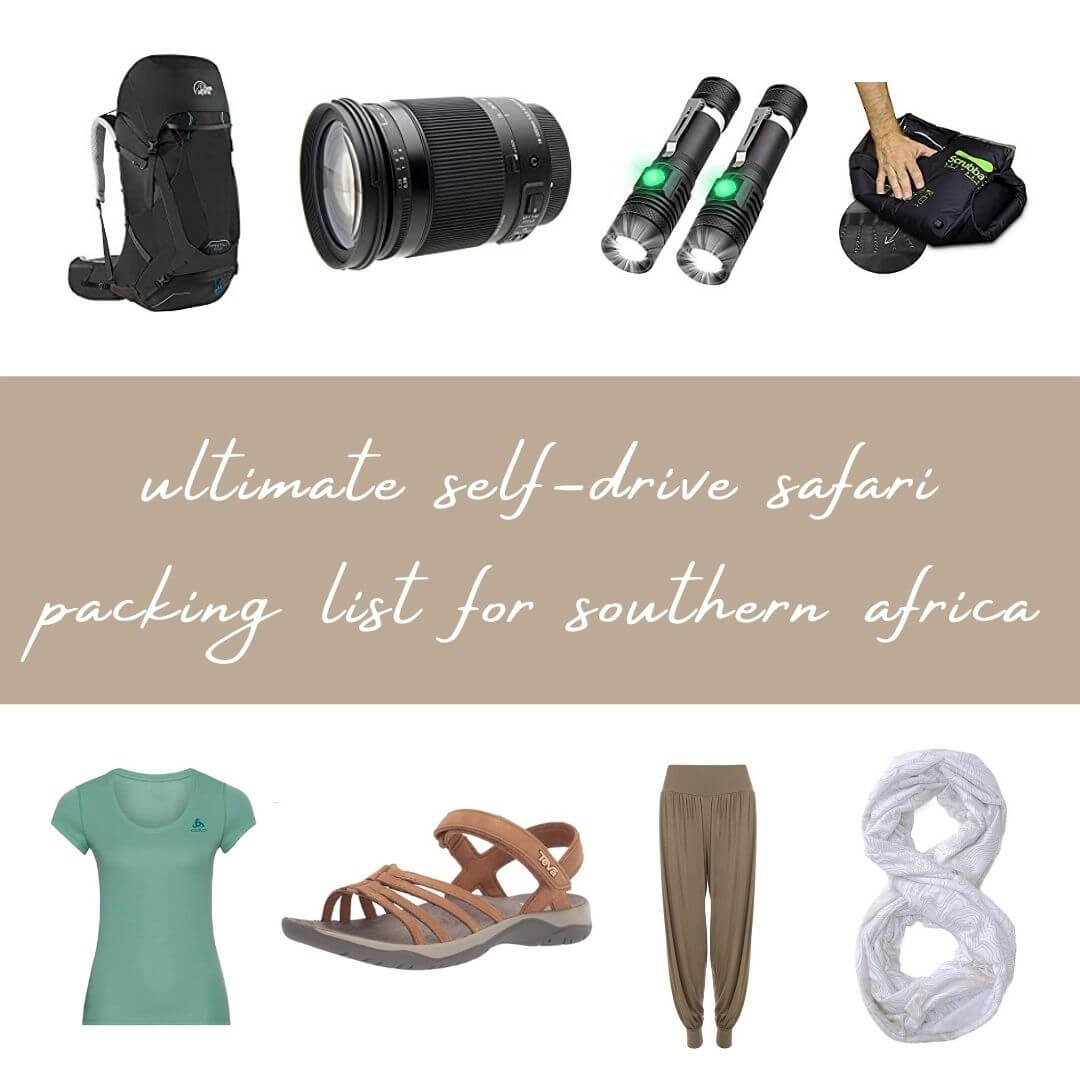Kgalagadi accommodation: An overview of all campsites
Just to let you know… This post (probably) contains affiliate links, including Amazon Associates links, and we may receive a small commission if you click one. This is at no extra cost to you and allows us to keep our blog running.
You've decided you want to go to Kgalagadi Transfrontier Park but now you need to decide where you want to stay. Well, then you're in the right place because in this blog we'll explore all of the incredible camps in Kgalagadi Transfrontier Park.
There are a variety of rest camps and wilderness camps located throughout this unique South African National Park. From the !Xaus Lodge which is owned by traditional South African communities to riverside chalets, campsites, safari tents and rustic sites with a limited number of chalets, there’s something for everyone when it comes to staying at Kgalagadi.
In this blog post, we'll discuss what types of camps are available within Kgalagadi Transfrontier Park, as well as tips on selecting the best option for your stay. We will also provide information on when to visit Kgalagdi, how you can book the camps in Kgalagadi and how many days you should stay.
Chalet at Nossob Rest Camp in Kgalagadi Transfrontier Park
How many days should you spend in Kgalagadi Transfrontier Park?
When you want to book your accommodation you'll first need to know how long you'll be staying inside the park. But how many days should you spend in Kgalagadi Transfrontier Park?
The number of days to spend inside the park will depend on your interests and what you want to see and do. However, we recommend spending a minimum of three to four days to fully experience the park's unique wilderness and wildlife.
On our first trip, we only spend 2 nights in the park (One night in Mata Mata and one night in Twee Rivieren) and because of the distances between the camps, we were only able to see a small part of Kgalagadi and were not able to stand still and just enjoy being there. The second time we visited we stayed for a week and we could have easily stayed a couple more.
But if you are pressed for time here are some reasons why we recommend spending at least three to four days in Kgalagadi Transfrontier Park:
Wildlife viewing: Kgalagadi Transfrontier Park is known for its exceptional wildlife viewing, especially when it comes to predators such as lions, cheetahs, and leopards. Spending several days in the park will not only increase your chances of seeing them but will allow you to spend a couple of hours with them. This is obviously no guarantee you'll see some action. We have definitely watched lions for over an hour with the only action being their yawning only to find them in the same spot hours later. But we've also been able to see cheetahs have a failed hunt because we followed them for a while and stayed with them while they were sitting in the grass.
Scenic drives: While you're probably visiting the park for its wildlife you can not get around the breathtaking views of the red sand dunes and vast grasslands while driving around to find those lions, cheetahs and leopards. If you drive slowly the chances of seeing them will increase but even when there are no animals to see, you can enjoy the beautiful landscape around you.
Birdwatching: Kgalagadi Transfrontier Park is home to over 200 bird species, including raptors, eagles, and vultures. While we would not call ourselves birdwatchers, there are a lot of visitors in the park for just that. And while sometimes frustrating because you see a car parked to the side of the road and you're wondering if they've spotted a lion only to notice they're looking upwards, a lot of the birds in the park are actually quite impressive.
Stargazing: The park is renowned for its clear skies and excellent stargazing opportunities. Spending a few nights in the park will allow you to enjoy the stunning night skies, especially when you're staying in one of the wilderness camps that are secluded and only have a few chalets. We absolutely loved doing this while staying in Kieliekrankie.
Relaxation: What better place to relax than in Kgalagadi Transfrontier Park? It is such a peaceful and tranquil place to unwind and escape from everyday life. Enjoy the sunrise in the morning, make a fire and put on your braai in the evening and listen to the animals' sounds. We had a lion roaring all night when we stayed in a riverside chalet in Mata Mata and it was the best entertainment you could wish for, with neighbours shining their huge torches on the bushes to spot the lion. And as an added benefit, (at least in our opinion, we did read recently about someone wanting to take a couple of Zoom meetings in the park, he probably does not agree with us) there is very limited cellphone coverage and the wifi is not good, so it will really allow you to relax.
In summary, we recommend spending a minimum of three to four days in Kgalagadi Transfrontier Park to fully experience all that it has to offer. However, if you have more time, you could easily spend a week or more exploring the park's unique wilderness and wildlife.
Scenery when entering Kgalagadi Transfrontier Park
What is the best time to visit Kgalagadi Transfrontier Park?
Now you have a better idea of how many days you want to spend in Kgalagadi, you'll need to decide when you want to go. A question we often get is what is the best time to visit Kgalagadi Transfrontier Park? We often answer; that depends.
The answer depends on a few factors, including weather, wildlife, and crowds. So in this section, we will explore the different seasons and conditions in Kgalagadi Transfrontier Park to help you plan your visit.
You can visit South Africa and this park throughout the year as the park is open all year round, but in short, the best time to go to Kgalagadi Transfrontier Park is during the dry season, which runs from May to October. But let's look at what you can expect during each season:
May-August
This is the peak season in Kgalagadi Transfrontier Park because of the cool, dry weather. During this time, temperatures are moderate during the day but can drop significantly at night (it can freeze), so it's important to bring warm clothing for mornings and evenings and be prepared while camping. This is also the best time to spot predators such as lions, leopards, and cheetahs, as they are more active during the cooler parts of the day.
September - October
These months are still part of the dry season, but temperatures start to rise, and the landscape becomes dryer. This makes it easier to spot wildlife, as they will need to cross the dunes to go to the waterholes during this time. This is also a great time to see birdlife, as many species migrate to the area during the spring months.
November - April
This is the wet season in Kgalagadi Transfrontier Park, and temperatures can get very hot during the day. Being outside of your car can be uncomfortable (as we're Dutch, and not used to these types of temperatures, the first time we jokingly said it felt like we were burning alive as soon as we set foot outside the air-conditioned car). However, this is a great time to see animals because there isn't a lot of water and it is breeding season for many species, so you may have the opportunity to see baby animals.
When planning your trip to Kgalagadi Transfrontier Park, it's important to keep in mind that the park is located in a semi-arid region, and weather conditions can be unpredictable. It's always a good idea to check the weather forecast before you go and pack accordingly (LINK).
In addition to weather conditions, you should also consider the crowds when planning your visit. The peak season in Kgalagadi Transfrontier Park can get quite busy, and accommodation can be difficult to find. If you prefer a quieter experience, you may want to consider visiting during the shoulder season in September or early October.
But because the park is so large, you can still go for hours without seeing anyone, even in the busy season. You'll mostly notice crowds at the picnic spots during breakfast (most people will go into the park as soon as the gates open and then have breakfast later in the morning) and lunch times, when there is a great sighting and at night in the camps.
Now let's look at the Kgalagadi camps, the different types of accommodation available in these camps and their features.
Kgalagadi Transfrontier Park Rest Camps
There are 3 traditional Kgalagadi rest camps, 6 wilderness camps and the !Xaus Lodge, which is the only luxury safari accommodation in the park.
The 3 main (and original) camps are Twee Rivieren, Mata-Mata and Nossob. These 3 camps are also the only camps where you can go camping in the Kgalagadi Transfrontier Park with your own tent.
Twee Rivieren Rest Camp
Location: Twee Rivieren rest camp is the main rest camp and is located on the dry Nossob riverbed as well as that it is right after the Twee Rivieren entrance gate, which is the gate you will arrive at when in South Africa. This makes it a great camp for your arrival and departure day, but because of this, it is also the busiest camp.
Accommodation: It is the administrative centre and biggest rest camp with 31 air-conditioned chalets that have a small patio with tables, chairs and braai facilities. There is also a campsite with 24 spots with electrical points and 6 without. Each site allows a maximum of 6 people and the campsite has shared, but quite large, ablution facilities. If you want to come with a caravan, this is the best place to set up your base camp.
Where to eat: This camp is the only one that has a restaurant and a small takeaway. There is also a shop, which is the best-stocked one in the park
Facilities: Swimming pool, filling station (closed between 13-14.00) this is also where you'll need to go to deflate your tires, 24 hrs electricity, cell phone reception, laundry and border control
Cost*: The cost ranges from R320 for a campsite without power (with power +R60), to R1480 to R2290 for family cottages and R1700 for a chalet. Prices are based on 2 or 4 people staying in the accommodation, each additional adult and child increases the price.
Activities: Morning & sunset drives and guided morning walks.
Campsite at Twee Rivieren Rest Camp in Kgalagadi Transfrontier Park
View of camp site at Twee Rievieren Rest Camp in Kgalagadi Transfrontier Park
Mata Mata Rest Camp
Location: Mata-Mata rest camp is located in the western part of the park and is about 2.5 hours from Twee Rivieren gate. But this is only 2.5 if you make no stop at all.
The last time we entered the park at 14.00, it took us about an hour to check in at the main gate and deflate our tires (the electric one at the filling station did not work so we had to go to the technical department) and made it to the camp just in time before gate closing time at 19.00.
In this camp, you have the border crossing with Namibia, which makes it a great first or last overnight stay upon entry from or to Namibia. The camp is situated and is on the dry Auob riverbed and is just a couple of km from this camp you have the Kalahari Tented Camp.
Accommodation: This is the smallest of the traditional rest camps. The camp has 15 chalets, including ones with a riverfront (just remember it's a dry riverbed) view and has a campsite with 20 spots with electrical points. Each site allows a maximum of 6 people and the campsite has shared ablution facilities.
Where to eat: The camp is self-catering and only has a shop
Facilities: Swimming pool, filling station, bird hide at the waterhole, there is only electricity from 05:00-23:00 and border to Namibia.
Cost*: The cost ranges from R380 for a campsite with power, to R1350 to R2290 for chalets and R2290 to R3520 for a riverfront chalet. Prices are based on 2 or 4 people staying in the accommodation, each additional adult and child increases the price.
Activities: Morning, sunset and night drives
Border crossing to Namibia at Mata Mata Rest Camp in Kgalagadi Transfrontier Park
Nossob Rest Camp
Location: Nossob rest camp is located in the middle of the park on the banks of the Nossob River and about 3.5 hours from Twee Rivieren. From there it's another 3 hours to Union's End. This makes it a great location to explore both the North and the South.
At Nossob you also have the 1-way 4x4 trail to Bitterpan (you can only use this if you're staying at Bitterpan) and from here you can cross over to the Botswana side.
Accommodation: This camp is the largest of the traditional rest camps. The camp has 18 chalets, including ones with a riverfront (just remember it's a dry riverbed) and a campsite with 20 standard spots with electrical points and 10 premium campsites. Each site allows a maximum of 6 people and the campsite has shared ablution facilities for the standard spots, while the premium spots have private ablutions.
Where to eat: The camp is self-catering and only has a shop. But if you're at the shop before 17.00 you can order fresh braai broodjes that you can pick up later in the day. For some reason we got ours brought to us and they were still warm, and they were a great accompaniment to our dinner.
Facilities: Swimming pool, filling station, bird hide at the waterhole, electricity from 05:00-23:00, predator information centre and laundry
Cost*: The cost ranges from R430 for a campsite with the use of the general ablutions and R750 for a site with private ablutions. And from R1350 for a Chalet to R2290 for family chalets and R2290 to R3520 for a riverfront chalet. Prices are based on 2 or 4 people staying in the accommodation, each additional adult and child increases the price.
Activities: Guided morning walk and sunset & night drives
Shop at Nossob Rest Camp in Kgalagadi Transfrontier Park
Filling station at Nossob Rest Camp in Kgalagadi Transfrontier Park
Kgalagadi Transfrontier Park Wildnerness camps
The wilderness camps are truly just that, but while you would expect them to be cheaper due to the name, they aren't because they are the newest camps and they are much more exclusive. But this also makes them Kgalagadi's best camps.
Kalahari Tented Camp
Location: Kalahari Tented Camp is only a couple of km from Mata-Mata camp and is about 2.5 hours from Twee Rivieren and is on the dry Auob riverbed on the western boundary of the Park. While this is classified as one of the wilderness camps, it's much larger than the others
Accommodation: Kalahari Tented camp has 15 safari tents (including family tents and a honeymoon tent) each with en-suite facilities, a private veranda and a separate tent with cooking facilities. Because it is an unfenced camp, there is a small gate at the front that you'll need to open to park your car. The tents are set on wooden decks and raised above the ground to provide panoramic views of a waterhole.
Where to eat: The camp is self-catering and you'll need to go to Mata-Mata for the shop
Facilities: Swimming pool, central lounge and dining area
Cost*: The cost ranges from R2180 for the standard tents and R2470 for the honeymoon tent.
Activities: Guided morning and sunset drives can be arranged from here.
Front gate of desert tent in Kalahari Tented Rest Camp in Kgalagadi Transfrontier Park
Cooking tent as part of your unit in Kalahari Tented Camp
For Bitterpan, Grootkolk, Kieliekrankie, Urikaruus, Gharagab:
Have 4 units with a maximum of 2 people per chalet. So the number of people per night can not exceed 8 people per camp to keep it exclusive and quiet
Are not fenced but there is always an armed ranger on site.
You must take your own wood and drinking water as there are no shops
Power is through solar power and gas so there are no conventional plugs
Children under 12 years are not allowed at these camps
Bitterpan Wilderness Camp
Bitterpan camp lies in between Nossob and Mata-Mata and is only accessible via a 1-way 4x4 route (only accessible for overnight stays) from Nossob (where you also have to check in). When you leave the camp you'll enter the road to Mata-Mata around the Craig Lockhart waterhole.
The chalets are on a raised platform and overlook a waterhole. The units don't have a private kitchen so you'll need to make use of the communal kitchen, which also has a braai area. The kitchen is fully equipped and has cooking utensils, cutlery and a fridge/freezer. The Reed Cabins are R2200*
Grootkolk Wilderness Camp
Grootkolk camp is the most northerly camp and is about 20km from Union’s End and close to the Namibian border. The chalets have en-suite facilities and a private braai area that is enclosed by a fence. The camp has a waterhole that is lit at night.
Each unit has its own kitchen, bathroom and bedroom and is fully equipped with cooking utensils, cutlery, linen and a fridge/freezer. But there also is a communal braai area. The Desert Cabins are R2200*
Gharagab Wilderness Camp
Gharagab camp is the most remote campsite in the park and is located 20km from Grootkolk in the north of the park. But where Grootkolk is easily accessible, Gharagab is only accessible via a 1-way 4x4 route.
The chalets are quite special as they are made from a combination of wood, cane and canvas. Each unit has its own kitchen and braai, bathroom and bedroom and is fully equipped with cooking utensils, cutlery, linen and fridge/freezer. But you'll need to bring your own water as the water is too salty to cook with. The Log Cabins are R2200*
Kieliekrankie Wilderness Camp
Kieliekrankie camp is located on one of the highest dunes in the Kalahari. The chalets have en-suite facilities and a private deck with braai and stunning views of the surrounding landscape and a waterhole. Watching the sun come up is a must here.
Each unit has its own kitchen, bathroom and bedroom and is fully equipped with cooking utensils, cutlery, linen and a fridge/freezer. The Dune Cabins are R2220*
Check-in is at Twee Rivieren or Mata-Mata. You'll get access to the camp via the lower dune road. There is a sign to direct you to the camp but the road is only accessible for overnight visitors. Once you're close to the camp you'll need to get out of the car to remove the chain that is blocking the entrance.
Urikaruus Wilderness Camp
Just like Kieliekrankie, Urikaruus camp is also located between Twee Rivieren and Mata-Mata but is just after (from Twee Rivieren rest camp) the upper dune road.
Each unit has its own kitchen, bathroom and bedroom and is fully equipped with cooking utensils, cutlery, linen and a fridge/freezer. You have a small deck with braai and the chalets are built on stilts to overlook the waterhole and are linked by a raised boardwalk.
Check-in is at Twee Rivieren or Mata-Mata. The Riverside Cabins are R2220 and the Honeymoon Riverside Cabin is R2347.*
*All prices mentioned in this article were correct in April 2023
Fenced entrance to chalet at Kieliekrankie Wilderness camp in Kgalagadi Transfrontier Park
View from the deck at Kieliekrankie Wilderness camp in Kgalagadi Transfrontier Park
Are the campsites in Kgalagadi Transfrontier Park fenced?
The 3 main rest camps are fenced off completely. You might not notice when you drive in from the reception at Twee Rivieren gate but when you're driving towards the camp and have the campsite on your left, there is a path to the right where you can enter the park. You'll need to get out of your car to roll the fence open.
However, the fences are not completely impenetrable and some animals still find their way into the campsites. So it's important to be aware of your surroundings. Especially at night, you'll need to take appropriate precautions like always wearing closed shoes and using a flashlight when walking through the camp in case an animal has come through the fence but also because of the scorpions and snakes.
The Wilderness Camps are not fenced off, but your unit will be fenced off. In for example Kieliekrankie, you're unit is up high on stakes so at the back you have your balcony, while in the front there is a wooden fence and door leading to your unit's door.
The picnic spots in the park, however, are completely unfenced and some of them like Melkvlei are known for having lions lying around the bathroom facilities. So if there is no one else already there and eating outside of their car it's good to do a quick drive around the site to make sure you're alone.
Fence at Mata Mata Rest camp in Kgalagadi Transfrontier Park
AND THERE YOU HAVE IT...
..Kgalagadi Transfrontier Park accommodation: An overview of all wilderness camps and campsites. We hope you enjoyed it and if you have any questions just leave your comments below. And if you are planning your own self-drive safari let us know below where you are going
Want to know more about going on safari in Kgalagadi? Keep on reading the following blogs:
If you don't want to miss any of our upcoming posts you can sign up below and you'll get them straight in your inbox.
If you're on Pinterest you can save this post for later.
you’ll also love
FROM THE TRAVEL SHOP
Looking for something?
our recent posts
shop our favourites
FOLLOW US ON INSTAGRAM
@traveltaale
Leave a Reply
and if you enjoyed this blog, found it useful & think it could help others, use the icons below to share on social media and spread the love















